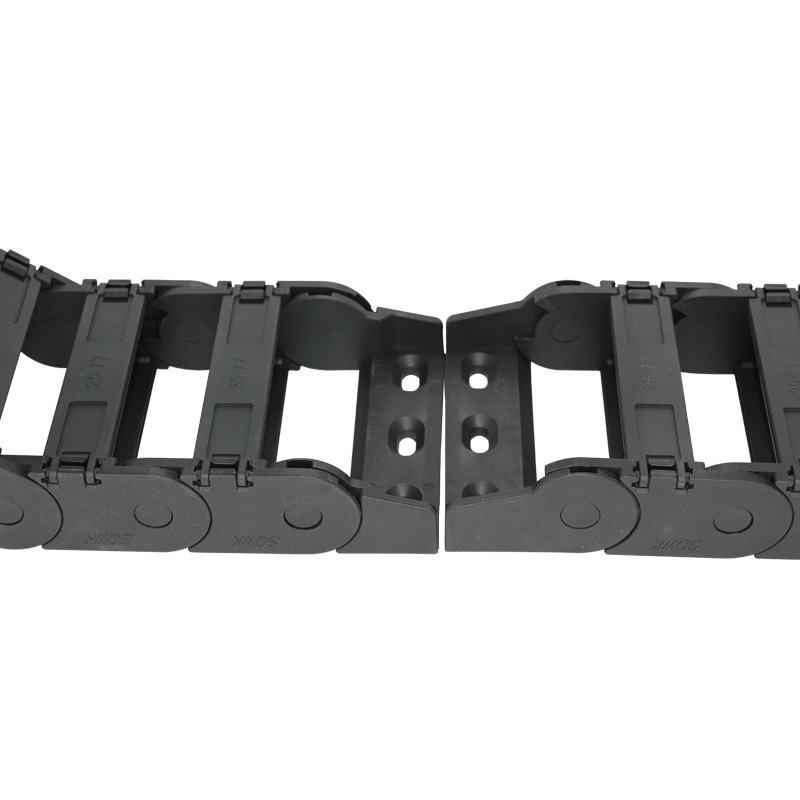synchronous pulley
Understanding Synchronous Pulleys A Key Component in Mechanical Systems
Synchronous pulleys, also known as timing pulleys, play an essential role in the realm of mechanical engineering and machinery. These specialized components are designed to synchronize the rotation of two or more shafts, ensuring that they maintain proper timing and torque transfer. This article delves into the intricacies of synchronous pulleys, their construction, applications, and benefits.
At the heart of synchronous pulleys is the toothed design, which interlocks with a timing belt (also referred to as a synchronous belt)
. This interlocking mechanism ensures that there is minimal slippage between the belt and the pulley, allowing for precise synchronization of movement. The teeth on both the pulley and the belt are crafted to engage in such a way that they prevent any loss of motion, making synchronous pulleys highly reliable for applications where exact timing is crucial.Synchronous pulleys are typically constructed from durable materials such as aluminum, steel, or high-strength plastic. The choice of material often depends on the specific application and required load-bearing capacity. The manufacturing process involves precision machining to ensure that the teeth are uniform and accurately shaped, which is essential for maintaining the belt's integrity and performance over time.
synchronous pulley

The applications of synchronous pulleys are diverse and span across various industries. They are commonly found in automotive engines, where they synchronize the rotation of the crankshaft and camshaft. This synchronization is vital for the engine's performance, ensuring valves open and close at the right times during the combustion cycle. Beyond automotive applications, synchronous pulleys are also utilized in robotics, conveyor systems, and manufacturing equipment to facilitate controlled and precise movement.
One of the significant advantages of using synchronous pulleys is their efficiency. They minimize energy loss as a result of their ability to maintain a firm grip on the belt, which reduces the likelihood of slipping compared to traditional V-belt systems. Furthermore, their design allows for higher speeds and load capacities, making them ideal for high-performance applications.
In conclusion, synchronous pulleys are a critical component in modern mechanical systems, designed to provide reliable and efficient power transmission. Their unique toothed design, robust construction, and wide range of applications make them indispensable in many industries. As technology continues to advance, the development of even more efficient and durable synchronous pulleys is expected, paving the way for enhanced performance in various mechanical systems.








